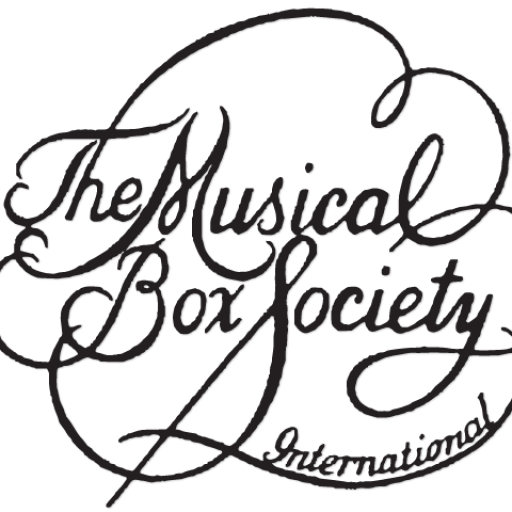Lador SA was founded by Adrian Lador in the late 19th century. They produced exclusively small movements of the 12, 18, 22 ,28 ,36 and 50 note types. They were taken over by Reuge in 1985 after going out of business.
Orpheus
Oak disc cabinet with eleven and a half inch discs. Has manufacturer name etched in glass inside cabinet also name
in metal within cabinet.
Also made mechanical zither and player organ and piano orchestrion
Zimmerman, J.H.
Leipzig, Germany; branch factories in Moscow and St. Petersburg (Leningrad), Russia. Maker of Adler and Fortuna disc music boxes, circa late 1800s-early 1900s.
Wyskocil, Josef
Vienna. Maker of musical movements of typical Austrian format, successor to Josef Olbrich, 1882-1905.
Wurlitzer, Rudolph, Co.
Rudolph Wurlitzer founded the company in 1856 in Cincinnati, OH, as a musical instrument retailer, selling all types of instruments. The Wurlitzer Co. was the country’s leading distributor of Regina music boxes (1890s), exclusive distributor of J.D. Philipps orchestrions (1903-1914), the country’s largest distributor and then a major manufacturer of coin pianos, orchestrions, and photoplayers (late 1890s-late 1920s), band organs (late 1890s-1930s), and theatre organs (late ‘teens-1929). The manufacturing division in North Tonawanda, NY, was called the Rudolph Wurlitzer Manufacturing Co. In the 1920s, Wurlitzer’s coin piano and orchestrion sales were overtaken by the J.P. Seeburg Piano Co. In the 1940s, Wurlitzer took the lead with its colorful new jukeboxes, to be overtaken by Seeburg again in the 1950s. After WWII, Wurlitzer was also a leading producer of hand-played pianos (mainly for the home market), electronic pianos, modern spinet player pianos and organs. Piano and electronic keyboard production was sold to the Baldwin Piano and Organ Co. in 1988. At the time of this printing, a Wurlitzer factory in Germany continues to build adaptations of the famous 1946 jukebox, the Model 1015. The current version plays audio CDs.
